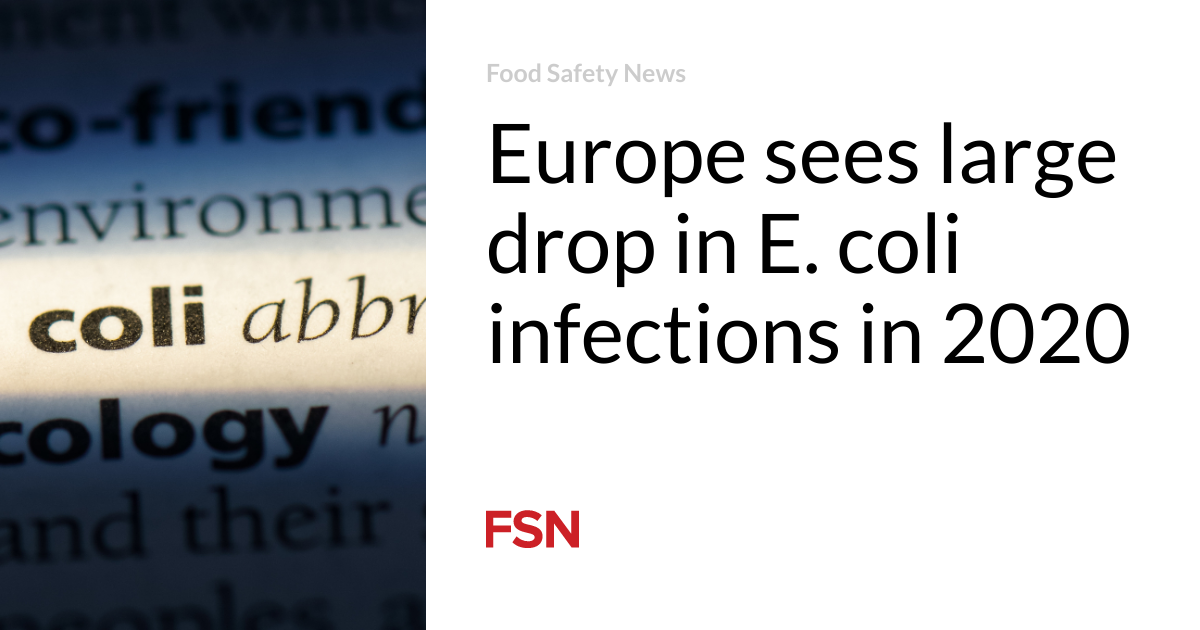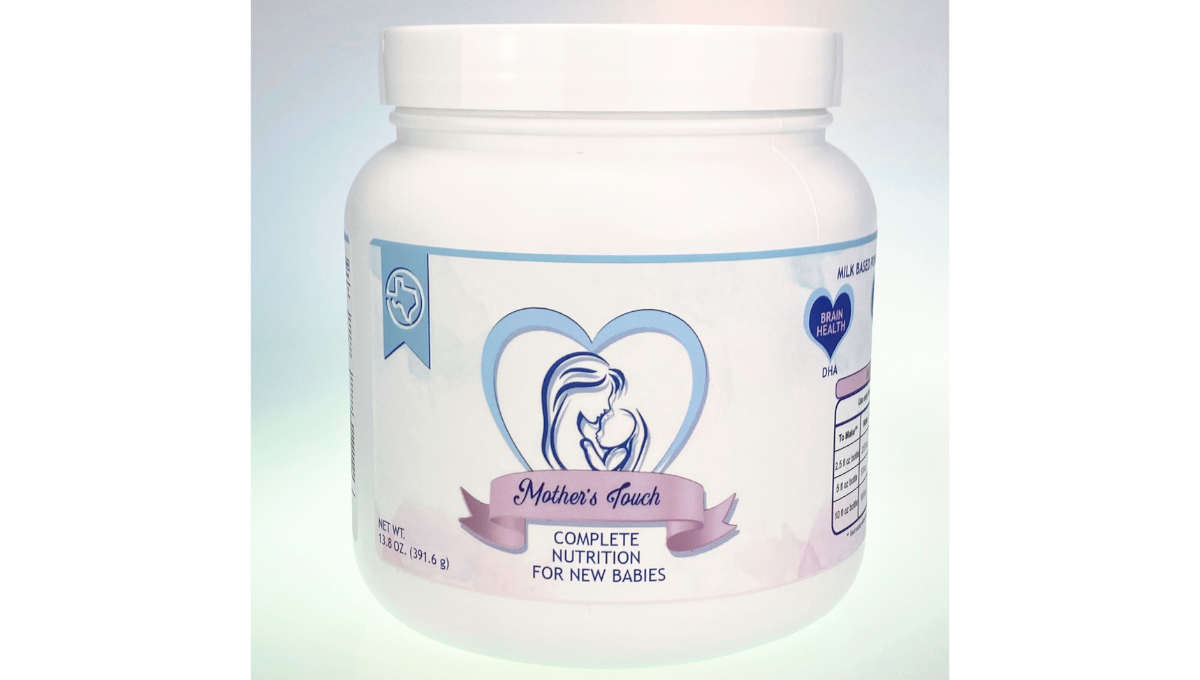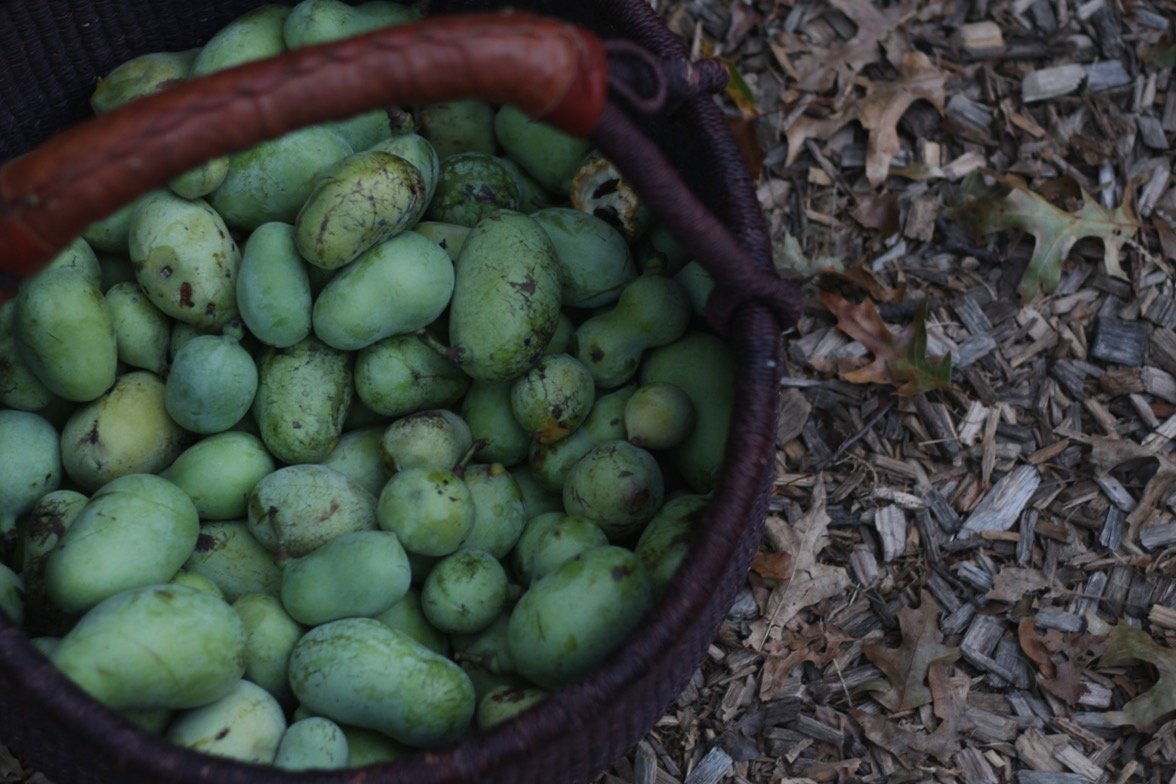Parents, consumer groups, and a congresswoman want to know why it took the FDA months to begin investigations into infant formula after learning of the beginning of a cronobacter outbreak that has seen at least five babies develop infections with two deaths under investigation.
The Food and Drug Administration has yet to answer many questions including those posed by Food Safety News. We asked the agency on March 1 why there was a lag time from September 2021 to February 2022 before the agency began investigating Abbott Nutrition, which posted a recall for the implicated infant formula in late February.
On March 2 the FDA responded, to Food Safety News saying they were “working on a response for you and will respond as soon as possible.” On March 4 they responded to the same question saying: “We’re continuing to work on this for you.”
One plausible reason for the lag between when the FDA was notified of the first cronobacter infection this past September and when the recall and investigation began in February is that illnesses caused by the bacteria are not reportable in 49 of the 50 states. The infection has a 50 percent death rate.
Declaring illnesses as reportable is a state responsibility.
For reportable illnesses, health care providers, hospitals, etc., must tell local or state officials about the illnesses. Those public health officials can then report the diseases to federal authorities.
Many people in the health care community, as well as consumer groups and patient advocates, say making cronobacter a reportable illness could have caught the ongoing outbreak sooner and narrowed its scope. Only Minnesota has cronobacter infection as a reportable disease. It was the state that reported the first infection to the FDA in September 2021.
Doug Schultz of the Minnesota Department of Health said the state only sees one case every three to five years, but it always reports them to federal authorities. When such cases are reported it allows the FDA and the Centers for Disease Control and Prevention to begin watching for other infections and possible links, but such efforts are hampered by the lack of mandatory reporting in the other 49 states.
A spokesperson from the CDC confirmed that reporting for cronobacter is not required by 49 states and that tracking of non-reportable diseases is a problem that the agency discusses with other entities such as the Council of State and Territorial Epidemiologists.
“Case notification from public health agencies to CDC is voluntary, and the diseases that are nationally notifiable each year are determined by a collaborative process among Council of State and Territorial Epidemiologists (CSTE), State Epis, and CDC programs; it’s not just CDC’s decision,” said the CDC spokesperson.
The CSTE, whose recommendations are not binding, brings together disease and surveillance experts at CDC and from health departments across the country to determine what types of data should be deemed “notifiable” or “reportable” diseases.
“CSTE and CDC annually review the list of nationally notifiable conditions that state health departments agree to voluntarily report to CDC. Because CDC is not responsible for follow-up or investigation of individual people with cases of notifiable conditions, notifiable condition reports from states to CDC do not include patient or provider names or other personally identifying information,” according to the CSTE’s criteria statement.
“In early 2007, CSTE conducted a comprehensive review of its adopted position statements which call for a specified disease/condition to be nationally notifiable. This review also documented which position statement contains the most current version of the case definition. The resultant list contains 73 diseases/conditions, nine of which are non-infectious.
“At present, there is no formal list of conditions that are designated as immediately reportable from states to the national level.”
The CSTE contends that having a clearly defined list of immediately notifiable conditions at the national level will eliminate current ambiguity and enable a more timely response to conditions that may constitute a public health emergency or bioterrorism event at the national level.
“Standardizing the list of routinely notifiable conditions will improve consistency,” according to the group’s criteria statement.
Bill Marler, a Seattle attorney who has been working in the field of food safety for more than 30 years, said if there is one good thing that could come out of this tragic outbreak it would be for states to declare cronobacter infection a reportable disease.
He used the deadly E. Coli O157:H7 outbreak linked to Jack in the Box hamburgers as an example.
“Most people think the outbreak began in January of 1993, but it actually began in November of 1992 when kids in California started getting sick,” Marler said. “But it was not a reportable disease in California so people didn’t start tracking it until after the contaminated meat was shipped to Washington (state) and kids started getting sick there.
“There is no question that if it had been a reportable disease that the outbreak would have been identified earlier and fewer kids would have gotten sick.”
Marler also pointed out that infant formula is not a sterile product and should be handled with care. Boiling water as indicated on product labels should be strictly followed. Thorough washing of bottles, nipples and containers between use is also vital to protect against disease.
Calls for action
Known for many years as a champion for food safety, U.S. Rep. Rosa DeLauro, who chairs the Congressional Food Safety Caucus, this week wrote to the Inspector General for the U.S. Department of Health and Human Services, Christi A. Grimm, seeking action on the FDA’s handling of the cronobacter outbreak and infant formula recall.
In her letter, the representative from Connecticut asked for “assistance in investigating whether the Food and Drug Administration (FDA) took prompt, appropriate, and effective action leading up to the recent recall involving powdered infant formula produced by Abbott Nutrition’s Sturgis, MI, plant.
“Based on reports, I am concerned the agency acted too slowly in pulling potentially dangerous infant formula off store shelves, which may have resulted in additional illnesses and death,” she wrote.
DeLauro questioned why the FDA did not take action two years ago when troubling issues were uncovered at the Abbot Nutrition production facility.
As part of the review requested by the congresswoman, she wants the inspector general to investigate several questions including:
- Why did it take several months and additional illnesses for the FDA to return to the plant for a follow-up inspection?
- Why were the company records showing destroyed products in June 2020 omitted from the FDA’s inspection report?
- Two years prior to the September 2021 inspection, the FDA found that the Abbott facility failed to test a representative sample for Salmonella at the final stage of the production cycle. Did the agency follow up on this issue after that inspection?
- Will the FDA start conducting its own testing on infant formula to monitor for these dangerous bacteria?
Questions from public interest groups
With many similar concerns as those raised by DeLauro, the Center for Science in the Public Interest (CSPI) posted a statement March 4 asking why parents and caregivers were not given earlier notice of the link between the Abbott infant formulas — which include certain types of Similac, Alimentum, and EleCare distributed in dozens of countries — and the infant illnesses and deaths.
“…consumers have taken to social media with complaints that products that have lot codes and expiration dates within the recalled range do not appear as part of the recall when they enter information into the company’s recall website, similacrecall.com,” according to the CSPI.
“We urge Abbott and the FDA to clarify the scope of the infant formula recall, including being straight with consumers about which products made in Abbott’s Sturgis facility are part of the recall.”
In comments to Consumer Reports, a long-time food safety advocate said the situation is unbelievable.
“This bacterium is known to be extremely deadly to babies,” said Mitzi D. Baum, chief executive officer of STOP Foodborne Illness, a nonprofit group. “It is distressing that the facility was cited in September 2021 for unsanitary conditions, about the time when the first illness was reported.”
Brian Ronholm, director of food policy for Consumer Reports went a step further.
“Once the severity of the situation became known, the FDA should have essentially set up shop at the facility and worked to resolve the problems,” Ronholm said.
Editor’s note: Bill Marler is the publisher of Food Safety News.
(To sign up for a free subscription to Food Safety News, click here.)











